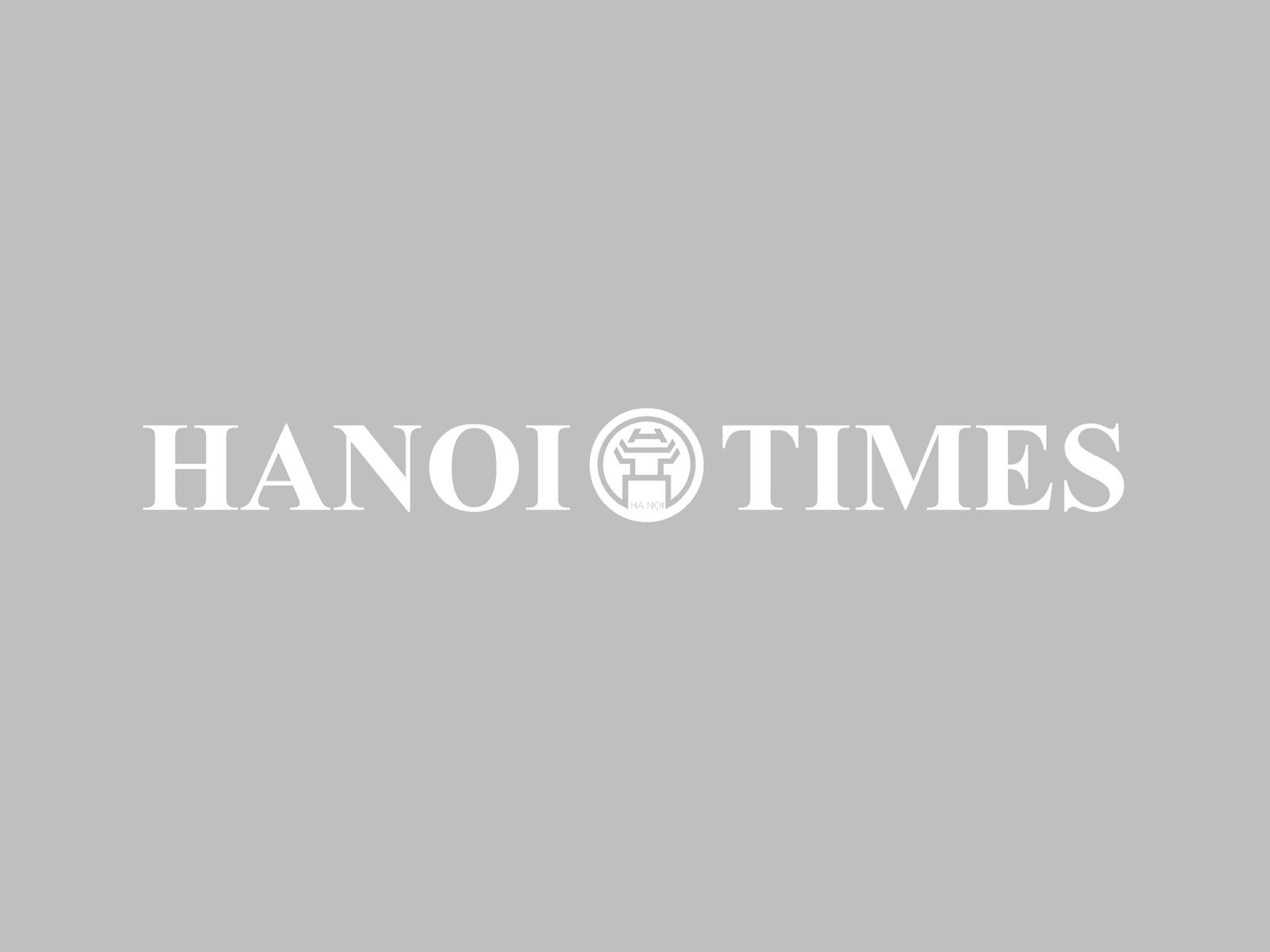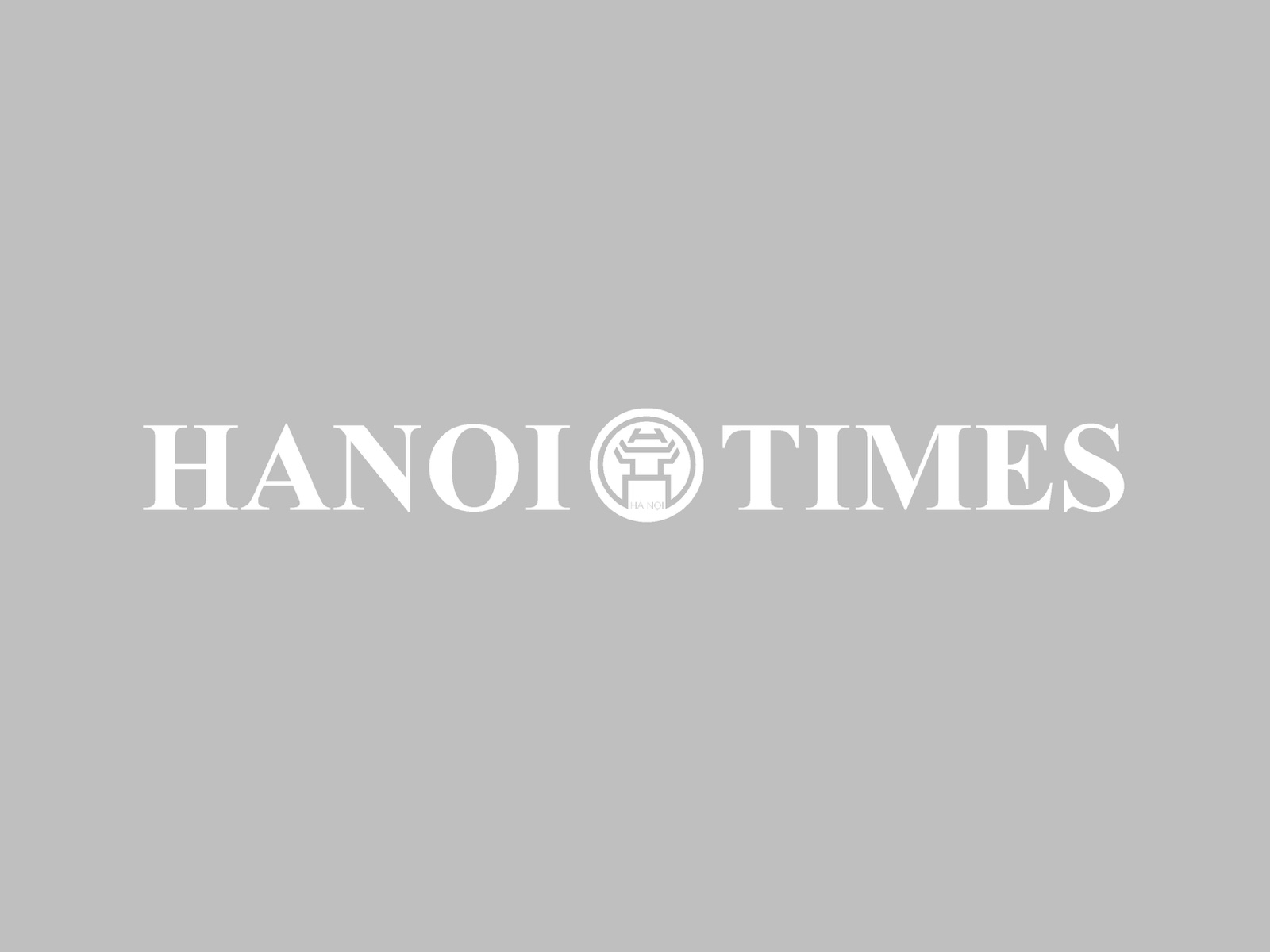Đức khó xử trong khủng hoảng Ukraine vì Nord Stream 2?
Kinhtedothi - Đường ống Nord Stream 2, dẫn khí đốt tự nhiên của Nga dưới biển Baltic đến Đức, không qua Ukraine, là một trong những điểm gây khó cho Thủ tướng Scholz khi đối đầu với Nga.
Tổng thống Mỹ Joe Biden và Thủ tướng Đức Olaf Scholz đã nỗ lực tìm tiếng nói chung về vấn đề Ukraine tại Nhà Trắng trong chuyến thăm Mỹ của nhà lãnh đạo Đức đầu tuần này. Một điểm mấu chốt dường như vẫn còn "lợn cợn" trên con đường cam kết thống nhất: Tương lai của đường ống dẫn khí Nord Stream 2.
Điểm khó xử của ông Scholz
Tại Nhà Trắng và trong một cuộc phỏng vấn trên kênh CNN, Thủ tướng Đức Olaf Scholz đã tiết lộ sự khác biệt giữa ông và người đồng cấp Mỹ về đường ống khí đốt.

Trong khi ông Biden đã nói rõ rằng dự án sẽ không tiến triển nếu Nga tấn công Ukraine, ông Scholz thậm chí còn từ chối nêu tên dự án trong một cuộc họp báo và từ chối cam kết chấm dứt đường ống nếu một cuộc tấn công diễn ra. Trong cuộc phỏng vấn với CNN, Thủ tướng Đức lặp lại cam kết sẽ tiếp tục thúc đẩy quan hệ Đức-Mỹ, nhưng cũng một lần nữa không nêu rõ quan điểm với dự án Nord Stream.
Đường ống Nord Stream 2, dẫn khí đốt tự nhiên của Nga dưới biển Baltic đến Đức, không qua Ukraine, là một trong những điểm gây khó cho Thủ tướng Scholz khi đối đầu với Nga. Đức phụ thuộc nhiều vào năng lượng của Nga nên khó có thể áp đặt trừng phạt nghiêm khắc. Trước bối cảnh đó, Mỹ đã vội vã tìm kiếm trên toàn cầu các nguồn cung cấp năng lượng thay thế có thể chuyển hướng sang châu Âu, từ châu Á đến Trung Đông cho các nhà cung cấp nội địa Mỹ.
Cuộc tranh luận động thái của Đức trước đường ống cũng nổi lên ở Ukraine, quốc gia phản đối dự án vì nó bỏ qua lãnh thổ Ukraine và làm thiệt hại một khoản phí quá cảnh. Một cuộc họp dự kiến diễn ra hôm 7/2 giữa Ngoại trưởng Đức Annalena Baerbock và Tổng thống Ukraine Volodymyr Zelensky đã bị hủy đột ngột với lý do lỗi lịch trình. Tuy nhiên, CNN dẫn một nguồn tin thân cận với chính phủ Ukraine rằng cuộc họp không diễn ra vì Đức miễn cưỡng từ bỏ dự án Nord Stream 2 nếu Nga tiến hành tấn công.
Nghi ngờ vai trò đầu tàu châu Âu?

Về phần Biden, ông phủ nhận quan điểm rằng Đức có thể "lấy lại lòng tin" bằng cách công khai cam kết chấm dứt dự án Nord Stream nếu Nga tiến hành một cuộc xâm lược. Tổng thống Mỹ cho rằng vấn đề Nord Stream 2 sẽ không cản trở việc cải thiện mối quan hệ với Đức và nhận ra tình hình chính trị tế nhị mà ông Scholz đang phải đối mặt.
Thủ tướng Scholz nhậm chức vào tháng 12, kế nhiệm một nhân vật cao chót vót trong chính trường toàn cầu - Angela Merkel.
Ấn tượng rằng Đức không muốn - hoặc do phụ thuộc năng lượng vào Nga, không thể - đưa ra các biện pháp răn đe nghiêm trọng đã khiến một số quan chức Mỹ thất vọng.
Thời điểm Nga sáp nhập Crimea vào năm 2014, Thủ tướng Đức Angela Merkel đóng vai trò trung tâm là bên trung gian giữa ông Putin và các đồng minh phương Tây của Đức. Bà trao đổi với ông chủ Điện Kremlin một cách nhất quán và khuyến khích các nhà lãnh đạo khác đẩy mạnh các biện pháp trừng phạt Moscow. Bà cũng đóng vai trò trung tâm trong việc cập nhật thông tin cho Washington thông qua mối quan hệ thân thiết với Tổng thống khi đó là Barack Obama.
Lần này, không phải nhà lãnh đạo Đức nổi lên trong vai trò đó mà là Pháp. Tổng thống Emmanuel Macron mới đây đã có chuyến thăm Nga cũng như thực hiện cuộc điện đàm thứ ba trong tuần với Biden vào tối 6/2.



